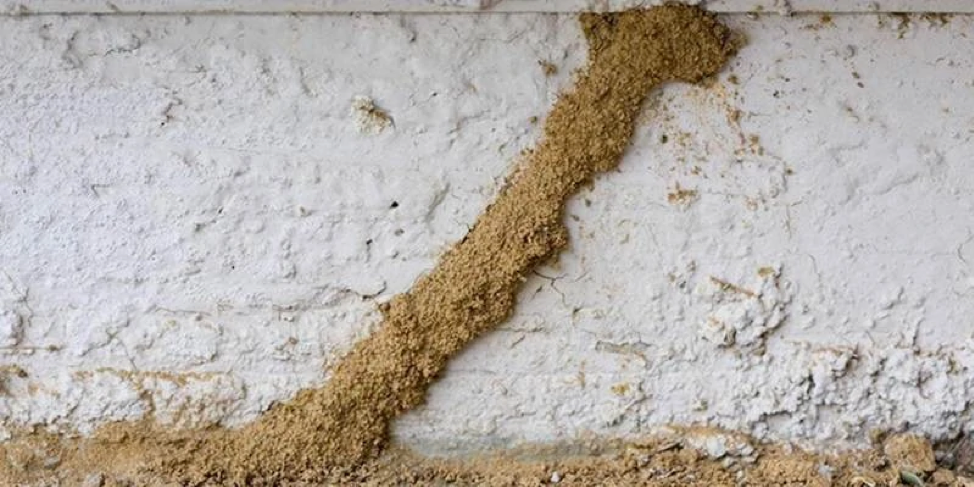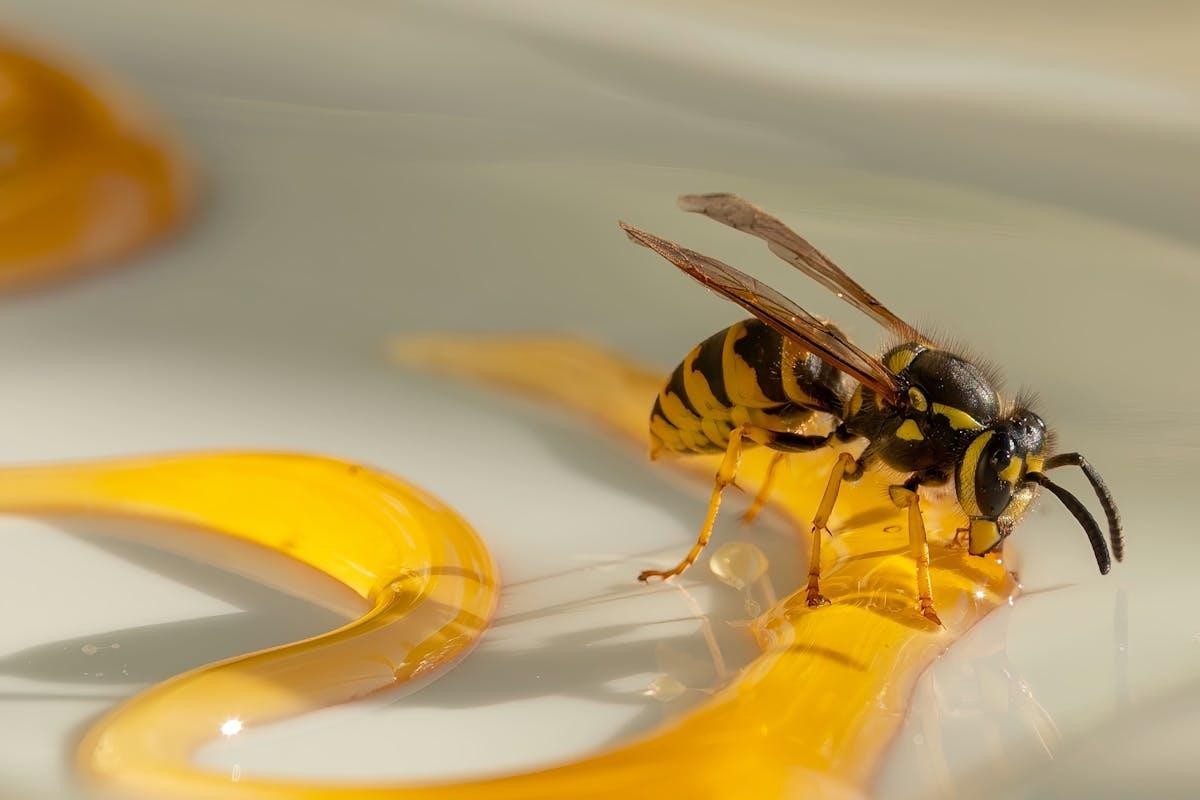You thought your in-laws were the only surprise visitors this winter? Guess again, some uninvited guests won’t knock before coming in.
Winter is the peak season for pests that have been evicted from the outdoors and are seeking central heating and unlimited snacks. Spoiler alert: your house fits the bill. With preventative inspections and clever pest-proofing techniques, NH Pest Control aids in the prevention of outbreaks.
In fact, 61% of public health inspectors around reported at a recent Canadian Institute of Public Health Inspectors (CIPHI) convention that rodent activity has increased over the last three years.
Findings presented by Abell Pest Control officials at the event show that an astounding 87% in British Columbia alone believe it will continue ascending. This is a nationwide alert; it’s not only a local problem.
That’s not only anecdotal, it’s a signal to shut up and prepare before winter arrives. Want to prevent an infestation before it even begins? Stay with us as we discuss the top pests expected to trend in the winter and how to handle them.
Why Winter Drives Indoor Pests
Pests search for food, warmth, and shelter as outdoor temperatures fall. According to the Fall and Winter Bug Barometer of the NPMA, highlighted by Orkin Canada, mild drops followed by cold snaps bring rodents, cockroaches, and even mosquitoes inside.
This pattern surprises none. Many houses provide easy access for pests through worn door seals, unsealed utility lines, or cellar cracks. According to Rentokil’s seasonal pest control manual, overwintering insects will gladly invade even tiny gaps.
Adding to the worry, Dodson Pest Control says that colder areas should see greater rodent infestations, especially after unexpected temperature swings.
Specifics of Various Pests [Quick ID Cheat Sheet]
Let’s go through a quick overview of the specifics of various pests that are expected to be seen in winter:
Pest | Quick ID | Winter Behavior | Top Risks | Action Step |
House Mouse | Small, pointed snout, grey fur | Sneaks indoors through gaps as small as a pencil | Electrical damage, allergens | Seal gaps, use traps |
Norway/Roof Rat | Larger, scaly tail, blunt snout | Builds nests in attics, walls | Structural damage, pathogens | Bait stations, professional help |
Cockroach | Fast, oval body, tan or black | Hides in moist, warm spaces | Spreads bacteria, triggers asthma | Use gel baits, remove food sources |
Silverfish | Silvery, bristling body, no wings | Found in damp basements | Paper, clothing damage | Dehumidify, clean clutter |
Stink Bug | Shield-shaped, brown or grey | Overwinters in walls | Odour, allergen trigger | Vacuum up, seal gaps |
Bed Bug | Flat, reddish-brown, visible | Travels via bags, fabrics | Bites, rapid spreading | Heat treatments, inspections |
Termite | Pale body, winged swarmers | Feeds on wood year-round indoors | Costly structural damage | Moisture control, barrier systems |
What are Some Common Pests to Expect During the Winter
In this section, we’ll explore which pests to expect during the winter in your living spaces.
1. Rodents (Mice & Rats)
Data from Maximum Pest Control affirms that rodents are at the top of winter hazards. Annually, as temperatures fall, they invade over 21 million American households. Their quick reproduction and biting behaviours constitute a significant health and structural danger.
2. Silverfish and Cockroaches
Cockroaches are stated in Rentokil’s pest overview as humidity seekers, frequently hiding in bathrooms and underneath sinks over the winter. Similar to silverfish, these prefer places with high humidity, especially around stored boxes and volumes, with 70% or more.
3. Beetles, Boxelder Bugs, and Stink Bugs
University of Maryland Extension shows how these overwintering insects find their seasonal refuge in wall voids and attics. Though they can be a major annoyance when they congregate and surface during warm spells, they do not breed indoors.
Penn State Extension says exclusion and vacuuming are your best defences once you’re inside.
4. Termites and bedbugs
According to a survey by the Professional Pest Management Alliance, more than 67% of tourists do not check for bedbugs upon returning home. And termites? They never really stop. Terminix says termites keep feeding within heated residences, usually undetected until significant damage occurs.
Breeding Seasons for Many Pests & Ideal Conditions
To get an idea of the breeding seasons for many pests and their ideal conditions, you can refer to the table given below:
Pest | Breeding Season | Winter Conditions | Indoor Risks |
Rodents | Year-round | Warmth, food nearby | Nesting in walls, droppings |
Cockroaches | Late summer-fall | Damp bathrooms, kitchens | Pathogen spread |
Silverfish | Winter | Humid basements | Damaged paper, fabrics |
bedbugs | Year-round | Human hosts | Skin irritation, fast spreading |
Termites | Spring swarms, active all winter indoors | Heated walls, moist areas | Foundation damage |
How to Prevent & Remove Pests
Here are some of the effective remedies you can use to get rid of these pests easily:
Prevention Tactics
- Seal Entry Points: Use silicone caulk and steel wool to close wall gaps and utility holes. Recommended in Orkin’s pest checklist.
- Fix Moisture Issues: As per Rentokil, a dry environment can prevent cockroach and silverfish activity.
- Declutter: Dodson Pest Control emphasises eliminating cardboard, paper piles, and food debris.
Removal Tips
- Rodents: Place snap traps along baseboards; seal up food.
- Cockroaches: Apply gel baits near sinks and cracks.
- Silverfish: Use dehumidifiers and seal storage items.
- Bedbugs: Use mattress encasements and consult pros for heat treatment.
Termites: Install bait stations and schedule annual inspections.
Conclusion
Act quickly when you spot indicators like droppings or strange bug occurrences. The less likely pests are to become permanent inhabitants, the earlier you tackle them. Arrange a house inspection and utilise our practical tips to remove pests from your home effectively.
Stay warm, stay sealed, stay pest-free!
Frequently Asked Questions
1. What pests are most common in winter?
The most frequent pests in the winter months are termites, cockroaches, silverfish, overwintering insects, bedbugs, and rodents.
2. Why do pests come indoors during winter?
Pests look for warm shelter and simple access to food, which homes readily provide.
3. How can I remove pests from my home during the cold months?
You can remove pests from your home by sealing entry points, controlling moisture, cleaning regularly, using traps or baits, and hiring professionals when needed.






